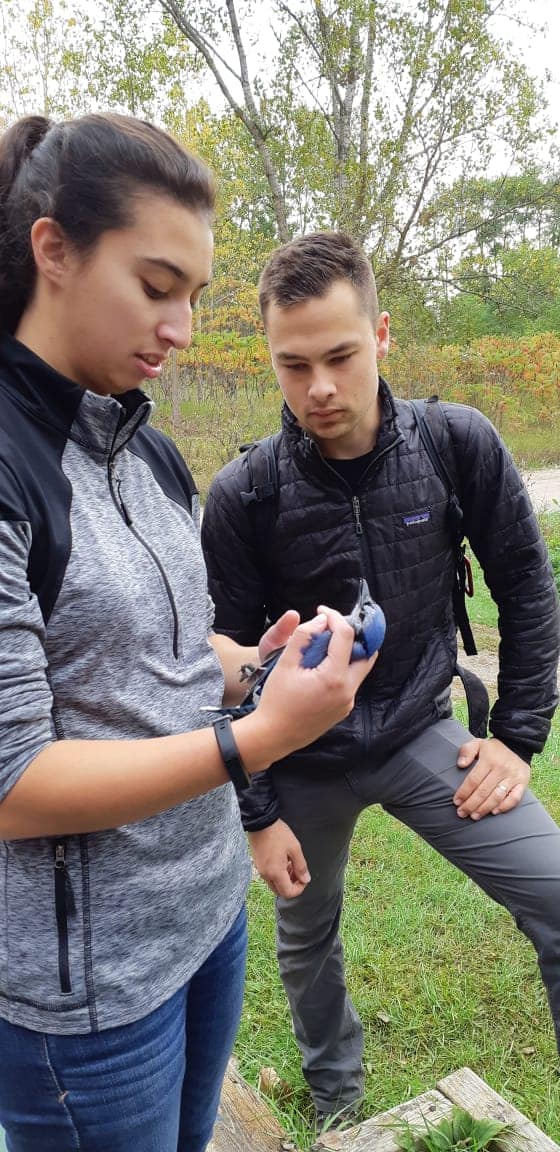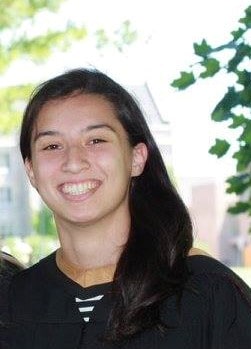Share this article
Wildlife Vocalizations: Julia Sunga
Wildlife Vocalizations is a collection of short personal perspectives from people in the field of wildlife sciences.
In the next 10 years, I want to see greater variety in the stories you hear when asking someone how they got into the wildlife profession. Frequently, when you ask someone how they became interested in a career in wildlife, you hear about growing up going to a cottage or camping with family, joining parents on hunting trips or learning how to fish as a kid. When I ask someone how they got into the wildlife profession, yes, I want to hear about those that grew up with awesome outdoor experiences shaping their interests, but I also want to hear from someone who watched a nature documentary in high school and decided to try camping for the first time. Or someone who was strong in math in university and realized they could put those skills towards conservation. Or others teaching themselves to hunt or fish as adults. It’s not to say that these types of stories do not already exist in the profession, but they are still few and far between.

Learning how to properly handle a blue jay at the University of Guelph Arboretum in preparation for our field work in 2019. Also pictured is colleague Evan Woelk Balzer (right). Credit: Alexandra Sauk

Headshot of Sunga from undergraduate graduation at the University of Guelph in 2016. Credit: Darius Sunga
I am struck by how many barriers exist between people and a love of the outdoors. Be it living in a city with family that isn’t interested in outdoor activities, or not having the financial or physical access to these sorts of experiences. The challenge for us as a profession is to accept and support these journeys into the wildlife profession, regardless of how they begin, or how winding they may be. How do we make accessible those outdoor skills not taught in Zoology 101? How do we help a newly hired field tech who doesn’t have dad’s tent or mom’s sleeping bag to borrow? How do we support those who have in some way been inspired to help the conservation of wildlife and help them find their place in the profession, regardless of how old they were when this passion first formed? These are the tough challenges I’d like to see the profession take on, so that we can hear all sorts of stories about how people decided to work with wildlife.
Learn more about Wildlife Vocalizations, and read other contributions.
Submit your story for Wildlife Vocalizations or share the submission form with your peers and colleagues to encourage them to share their story.
For questions, please contact Jamila Blake.
Header Image: PIT tagging a little brown myotis in Pinery Provincial Park, Ontario as part of my PhD research in 2019 with the help of Caleb Ryan (right). Credit: Hillary Quinn-Austin








